Ten years. Yes, it's been ten years since Apidura, England, introduced its first bikepacking bags. Yes, it was ten years ago that this series remained unchanged. Apidura, meanwhile, had expanded its production portfolio considerably, and when it seemed that it could not surprise us, it surprised us. She completely revamped her backcountry series and took it pretty much from the floor, leaving no stone unturned.
When I started bikepacking, there wasn’t much to choose from in our little basin. The first thing I had was Apidura bags, and there wasn’t much of a choice for that brand back then. In fact, there was no choice at all. They only had one production line. Backcountry. We have already written about the saddlebags and handlebars from this line on our Web site. For a long time, these were the most heavily used bags, which were excellent but had one slight but substantial flaw. They were not waterproof, but only water-resistant, and so it was necessary to wrap things in plastic, at least.
Ten years on, there’s a new line of backcountry, and it’s already completely waterproof. The innovation of this series is that you can no longer find seams, but all the bags are completely glued. The notorious polyant VX21 (grey) and nylon 420D are used as the main materials. Let us now turn to the various developments and that they are not in short supply.
But before we go into the individual descriptions, there is one more important thing to mention. That’s the focus of this series. The earlier backcountry was kind of a universal series. The satchels were manufactured in several capacities, we’re talking about saddlebags and handbags, and their maximum volume was incredible. If I remember correctly, the front satchel volume was 20 liters, and the undersaddle volume was 17 liters. That’s a respectable capacity. And that’s one of the main things that’s changed. The bags are now more designed to be used for trail bikes, and for that reason their volumes have also decreased. The biggest volume reduction is noticeable in the undersaddle bag, where today the maximum volume is 6 liters and that’s not much. At the same time, it is, but this bag is designed for telescopic saddlebags. But let’s actually do the pieces now. And it wouldn’t be me, either, not to take the greatest possible volume.
Backcountry saddle pack 6 l
We’ll take it from the back, starting with the saddlebag. The maximum capacity of the satchel is the six litres just listed, and the weight is 290 grams, which isn’t much. The capture is the same as the original series. She saddled herself with two buckles and Velcro for a saddle. And here’s the news. The zip is moved to the buckles so it’s as far below the saddle as possible. In case you have a telescopic saddle you mount the original Apidura adapter on it just below the saddle or use the Wolf Tooth Valais adapter I wrote about here. It was Wolf Tooth I had at my disposal, and in truth I was not thrilled. The Velcro tended to slide off the adapter as it traveled across the terrain.
Once the load is loaded, the bag is simply rolled up and secured with buckles. The satchel is equipped with reflective elements and light fixtures are also a matter of course. The top of the bag still has the option of fastening the load with a retractable strap. From the bottom, the satchel is reinforced against chafing in case you lower the saddle and the jumps make contact between the bag and the rear tyre. Since I don’t have a full, this has never happened to me once, and so I can’t judge how resistant the material really is. The satchel is simple and while six liters may seem small, I was surprised at what I got into it. What I need to unequivocally pick up is her waterproofing. I tested it in the winter, and believe me, upon arriving at the place of lodging, I was very frightened to see the condition of the bag, but not a drop of water or mud got in. The only flaw, then, is her attachment to the saddle and sliding off the adapter, but then again, I have to say that I didn’t have the original adapter at my disposal and so I don’t know if it will be better if the original is used. Minimalists can still order a 4.5-litre version where the weight of this bag is 235 grams.
Backcountry handlebar pack 11 l
The same materials, reflective elements and strap to attach additional cargo, perhaps in the form of a waterproof jacket. Volume 11 liters and weight 270 grams. That’s a handlebar bag in a nutshell. It’s the front satchel that’s probably the most similar to its original version. Simple but stable attachment, to handlebars with two straps and a strap to hold by the neck. Again, nothing complex, yet functional.
The volume of eleven litres is excellent and perfectly adequate to pack a sleeping bag, with enough room left for perhaps a jacket, T-shirt or sleeping clothes. I think she did this volume intentionally because she was aware that the volume of the saddlebag might not be enough for a multi-day journey. And I commend it.
The attachment is considerably more stable than on the original satchels, and so even in challenging terrain the satchel won’t bother you with an uncomfortable swing. Waterproofing is…just no comment. It’s first-rate.
An extra four litre bag can be purchased for the bag, which is also waterproof and is simply closed with Velcro fasteners and, yes, also fitted with reflective elements. It attaches to the main bag by means of two buckles at the top and the third buckle is on the underside of the handlebar and is protected from the impurities of the cover flap.
In sum, you have a total volume of fifteen liters and a total weight of 425 grams.
Backcountry long top tube pack 1,8 l
And we carry on from the merry-go-round. Still short on space to store your belongings? So get another new one from the Apidura workshop and that’s the top frame bag, the top tube pack, but this time in the long version. Familiarily, I call it a dachshund, and it’s awesome.
I’m sorry for using such a strong word, but I really fell in love with her. I loved its volume and practicality. A volume of less than two liters may seem small at first glance, but we have to realize that’s about a record in the category. I don’t know of another such bag of such volume. Add to that the weight of just 200 grams. Maybe one of you will say it’s not much, and compared to the weight of an 11-litre handlebar (270 g), it may seem quite odd. But on this bag, the Velcro itself and the adjustable belt probably weigh the most. You’re wondering what belt? There is an extra belt with which you can fix the bag for the saddlebag, and at the length of the bag (37 cm) it comes in handy. You’ll find three Velcro zippers on the bottom, and then just a front Velcro zipper to attach the bag by the steering neck. Inside, the satchel is equipped with a reflective yellow lining and a adjustable bulkhead, which you can split the satchel into two parts and whatever you need it to be. A zipper fitted with two riders is used for closing. This method allows you to reach the front or back of the bag without having to open it all up. Water resistance back to one. And yes, even this bag is equipped with reflective elements.
There is an even smaller dachshund, and it has a capacity of one litre and a weight of 115 grams.
Backcountry full frame pack 6 l
Probably my favorite piece of the series. I don’t have a trail bike to fit this bag in, so I used it for my Salsa Warbird graveling. The satchel would not fill the whole frame, which turned out to be a great advantage, as I was left with the option of leaving one bidon holder on the saddle tube. The satchel has storage on both sides, with a smaller storage compartment on the left, but it fits completely with tools and that includes soul, glue and other items.
On the right, you’ll find the main storage area, where I got the complete cooking without any problem and still have plenty of room left. There’s a small zipper pocket in this bag where you can store your papers and maybe your money. The zipper, like the whole interior, is in yellow and so this pocket is pretty unobtrusive. Next, there are two Velcro zippers inside which you can fasten the pump and I used them to attach the cooker. Of course, there is a hole in the front which can be used to lift the camel bag tube or recharge. There are two zippers for opening. One longitudinal and one vertical. If you use both of them, you can conveniently tilt the entire side of the bag and gain easy access to the interior of the bag. I’ll repeat myself, but reflective elements and waterproof zippers are a given here, too. Weight 315 grams and a further volume option of 2.5 l and 4 l.
Backcountry downtube pack 1,8 l
The last piece I had the opportunity to test is a simple rolling bag of the above volume. It clings to the bottom frame pipe, but I’ve tried attaching it to the fork and it can be done. The grip is simple, with Velcro and anti-displacement fixation secured by a softened area which is fitted with anti-slip material. If you do it carefully and tighten the Velcro tightly, it holds everything up well. My biggest surprise, though, was in the form of resilience. On my trip to Kersk, the weather was definitely not good for us. I packed my jacket in this bag for the evening. All day I had watched in fright as the mud and water clung to its folds, and I was firmly convinced that I would have nothing to sit in for the evening. It was all the more surprising when I carefully opened the bag in the evening and was astonished to find that the jacket was completely dry. As far as waterproofing is concerned, Apidura should get an A-plus in this series. And I haven’t forgotten about the weight, it’s 105 grams.
Summary
So let’s just sum it up. The total weight of the equipment is 812 grams and the total volume of the bags is 26.6 litres. That’s a respectable weight-to-volume ratio. It can easily be packed into such a volume for a very long journey. It’s respectable with the price, too. I will not mention individual prices here, as they can be easily traced on the web. I will give the total price of this kit and it is 16.869,- Czech crowns. Well, quality comes at a price.

Price
16.869 CZK

Weight
812 g

Dimensions
26,6 liters

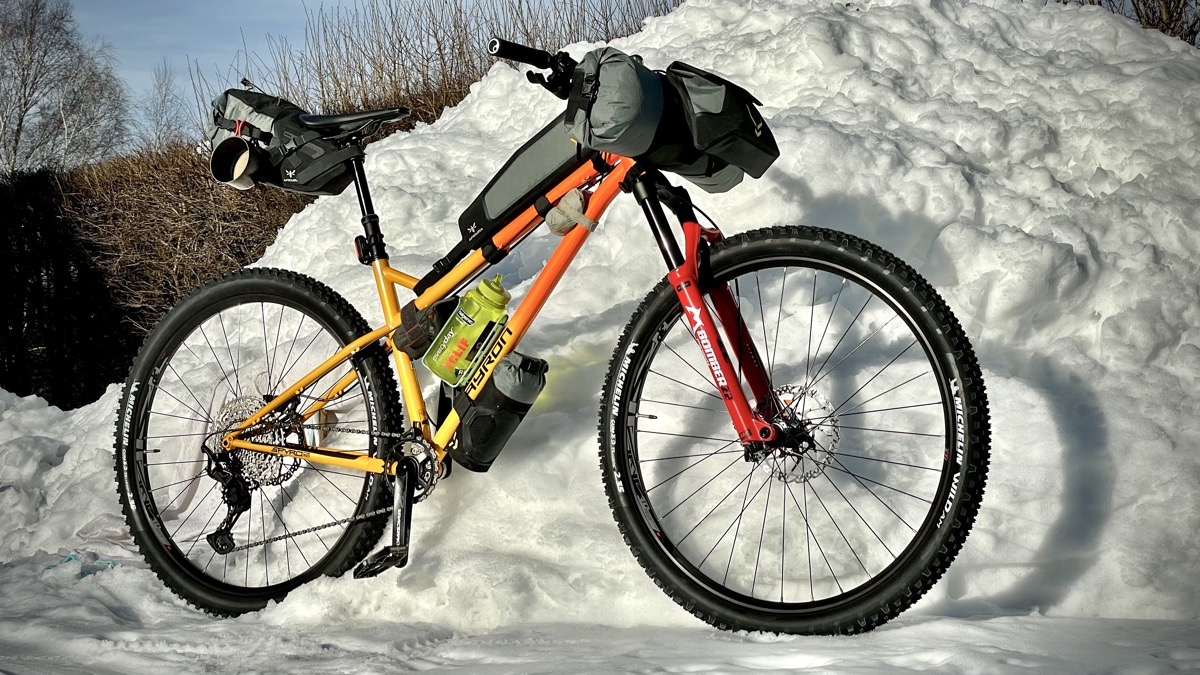
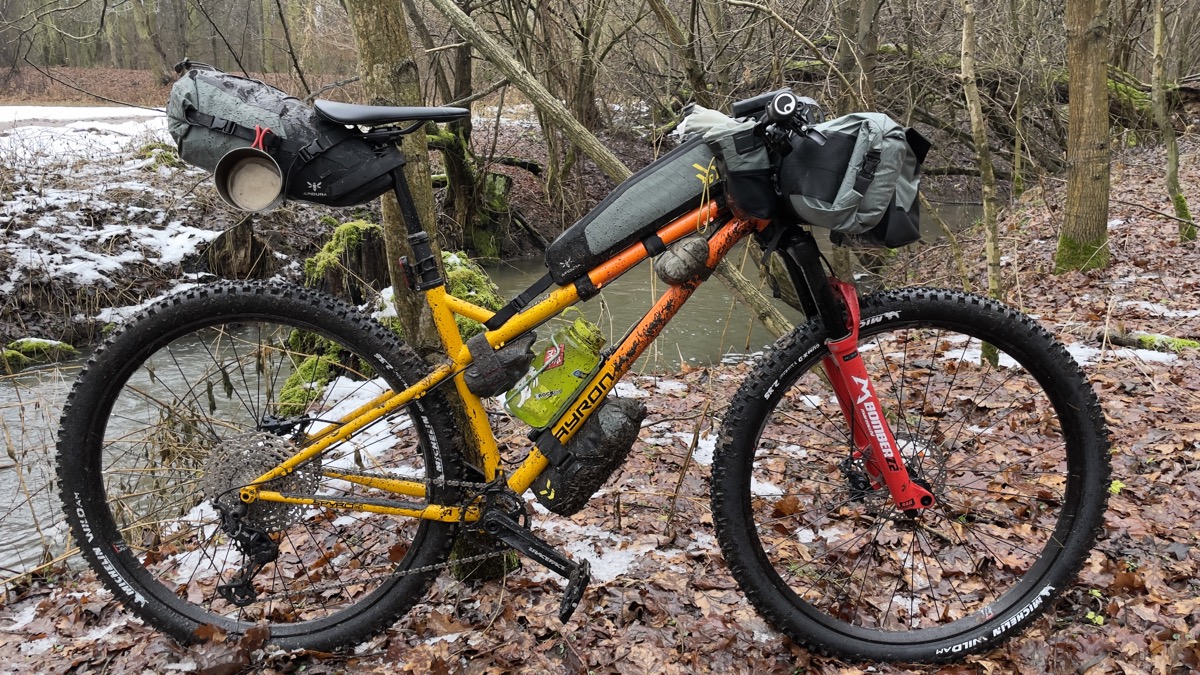
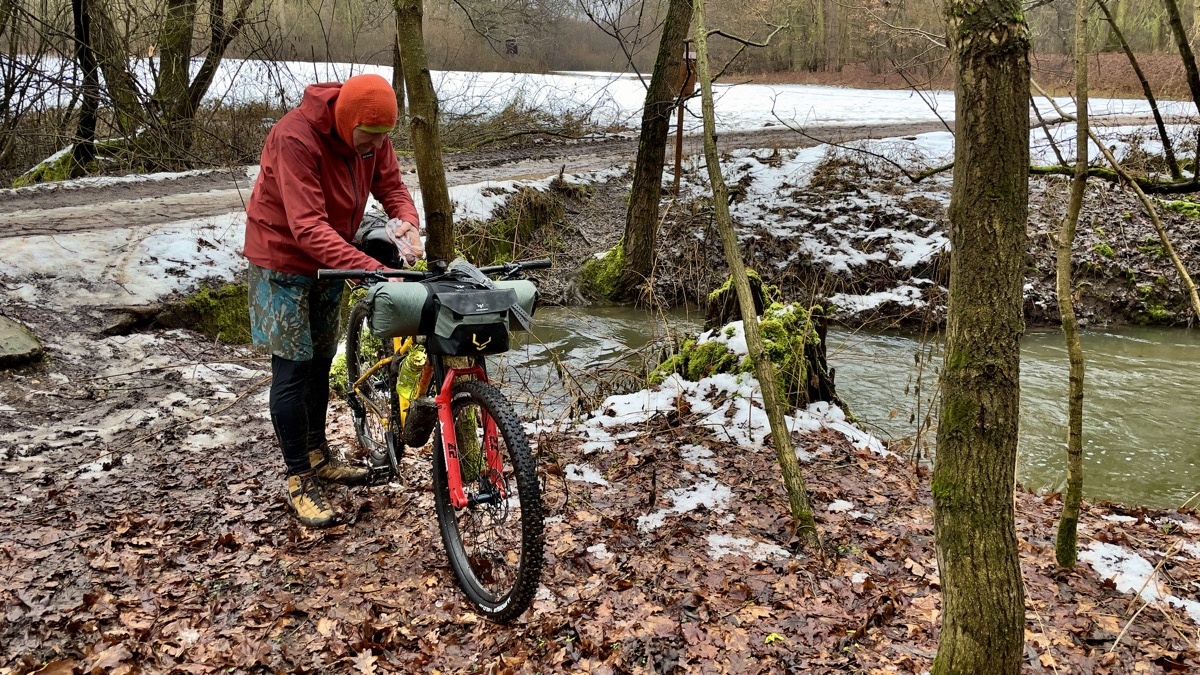

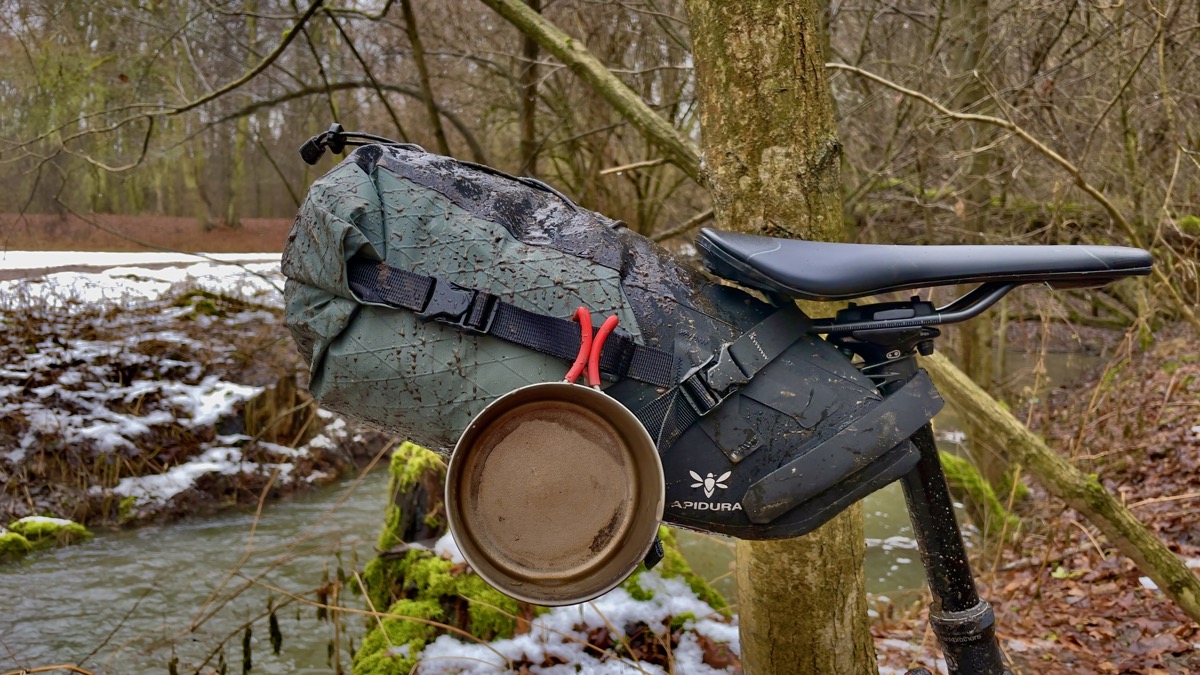

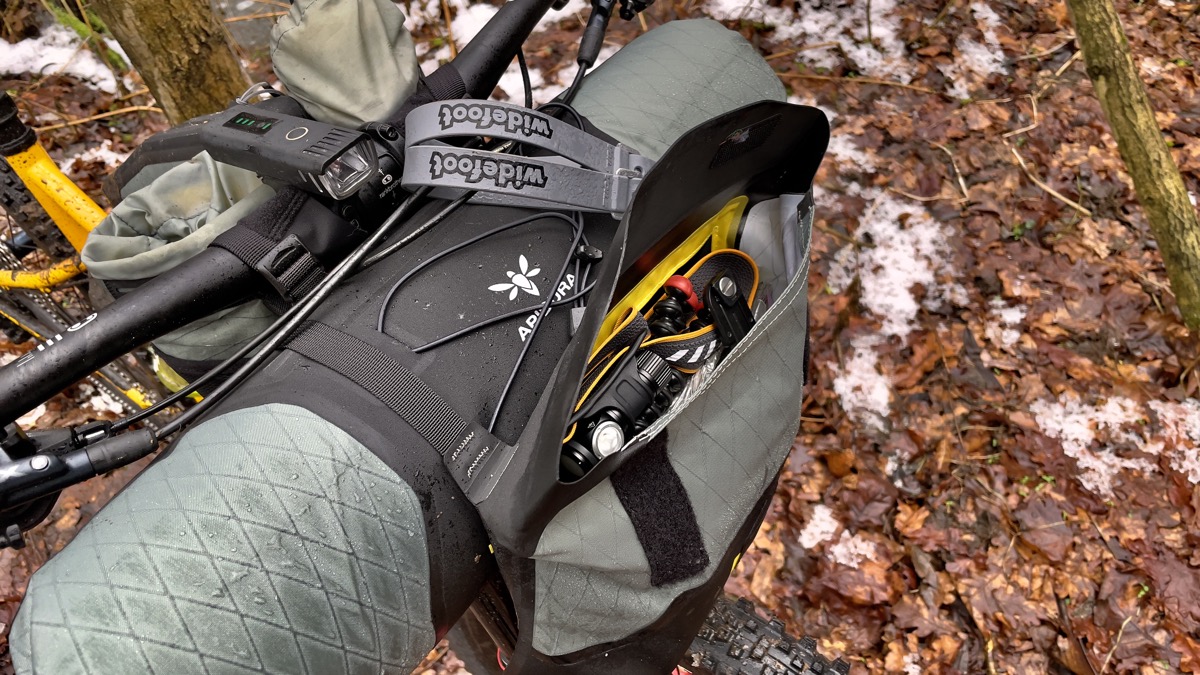
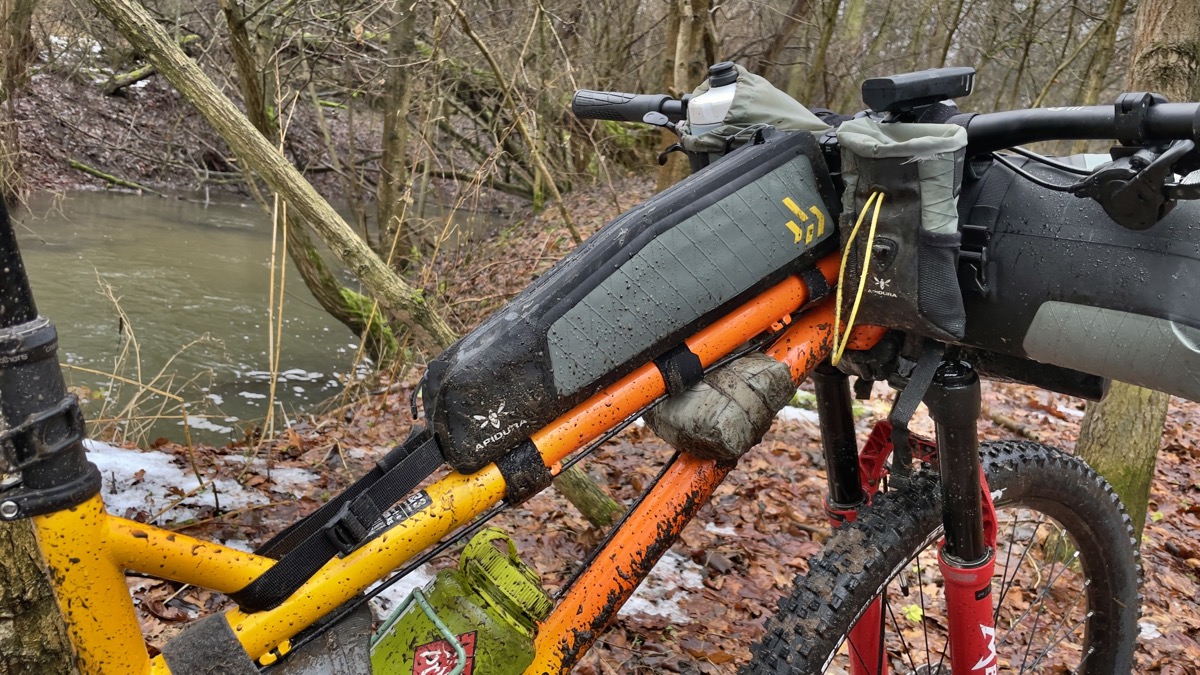
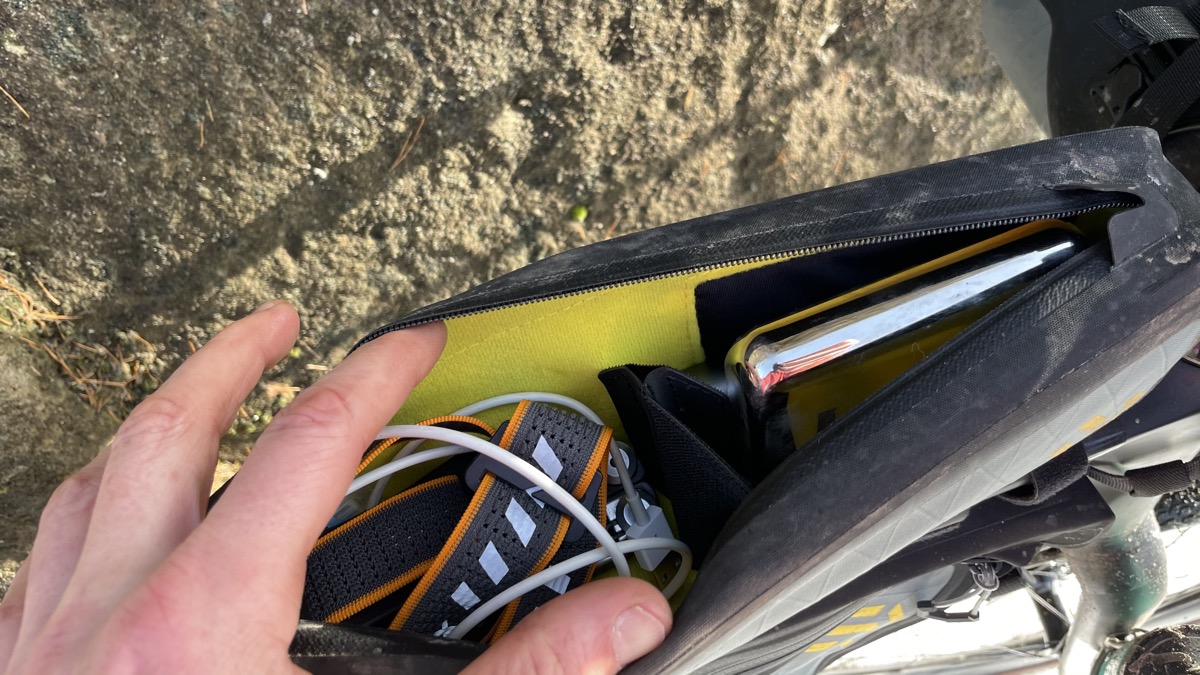
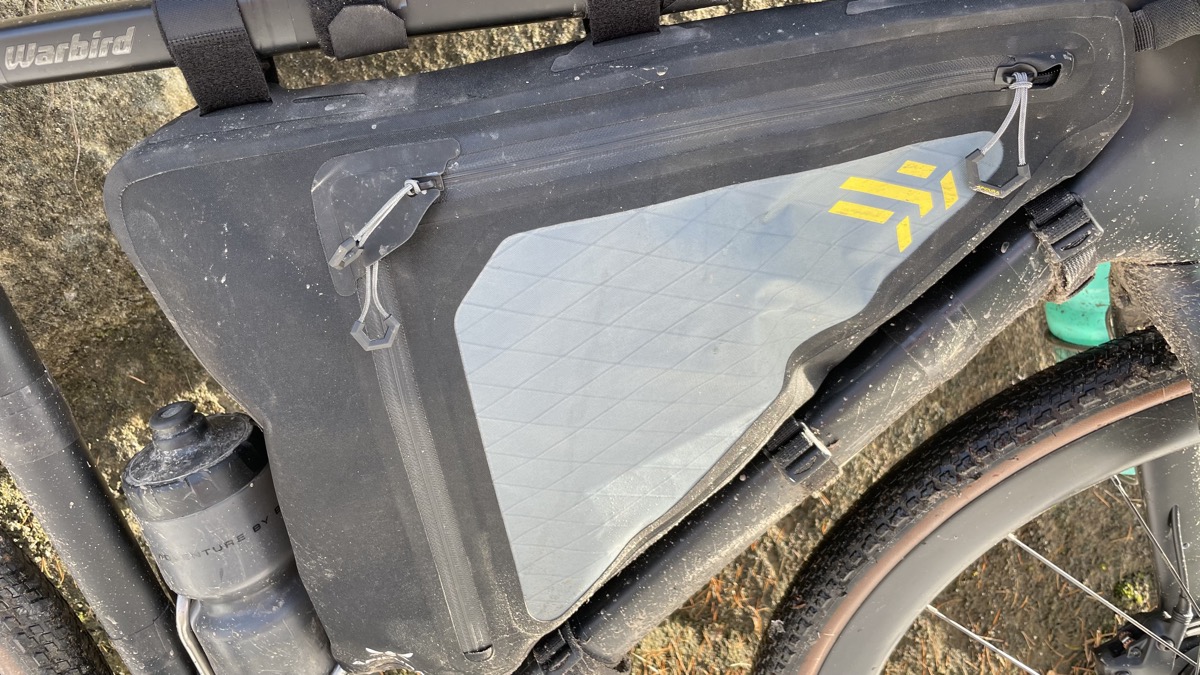
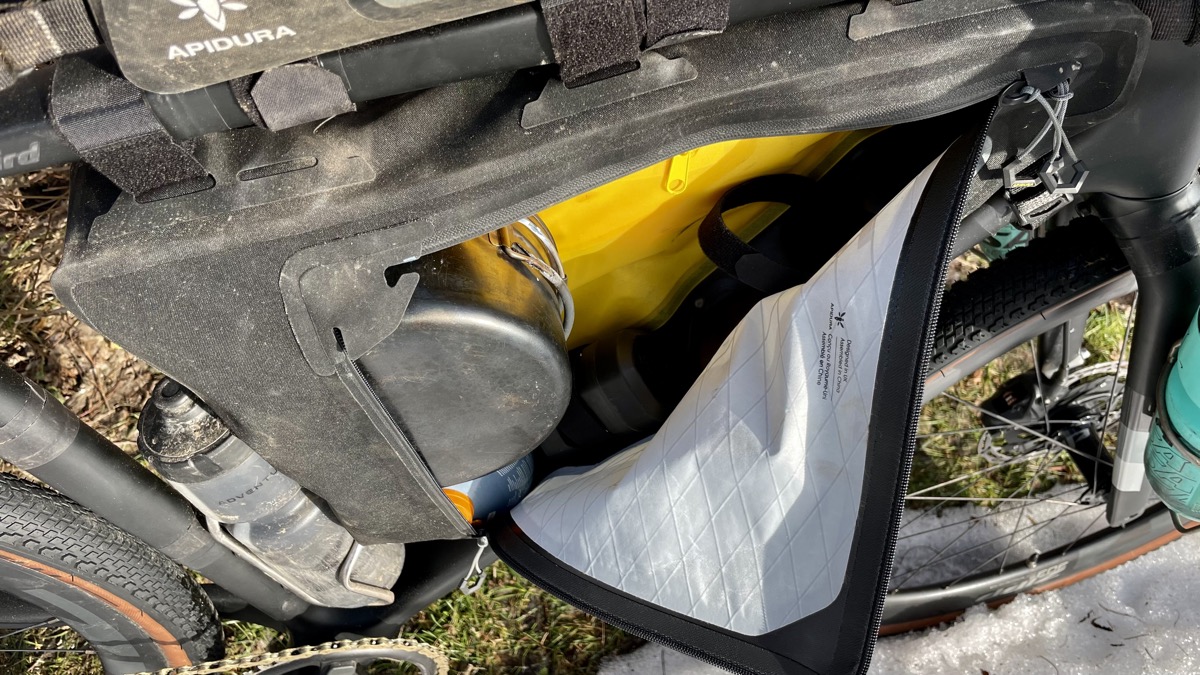
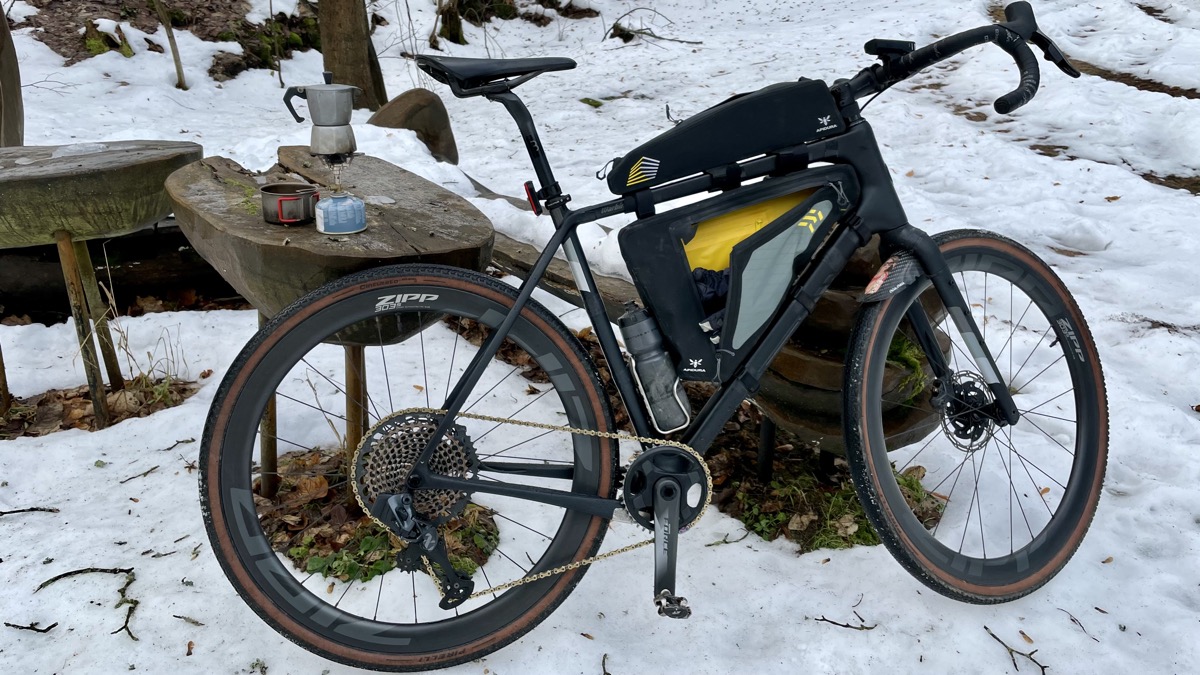
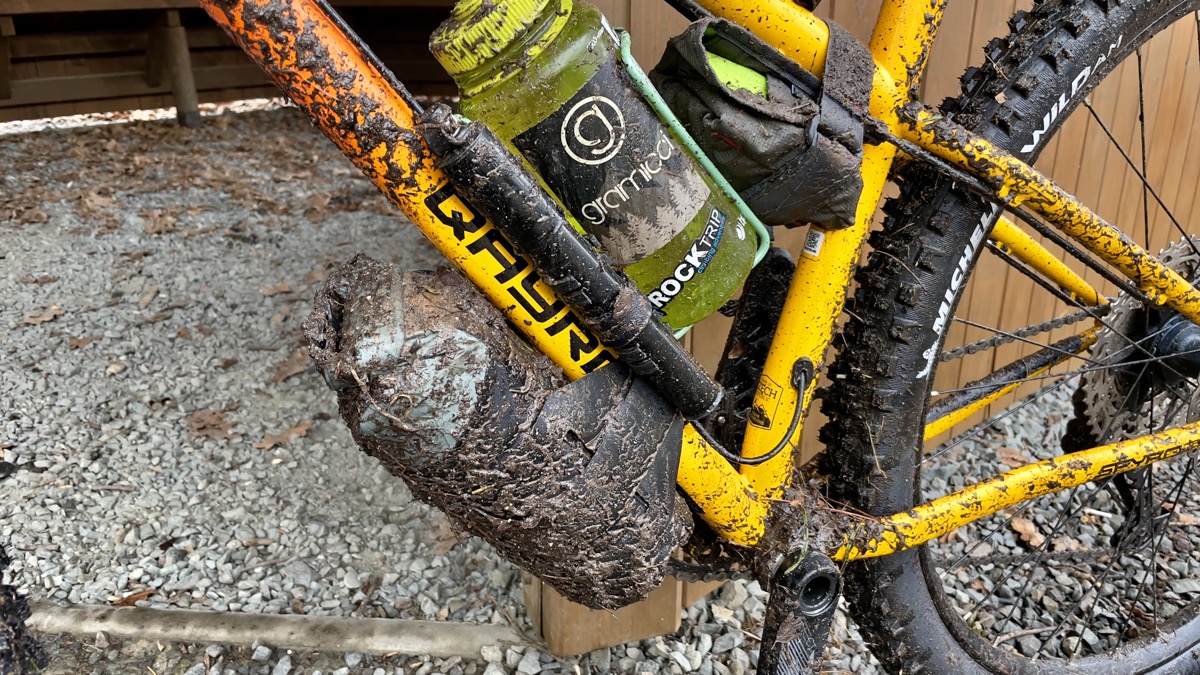
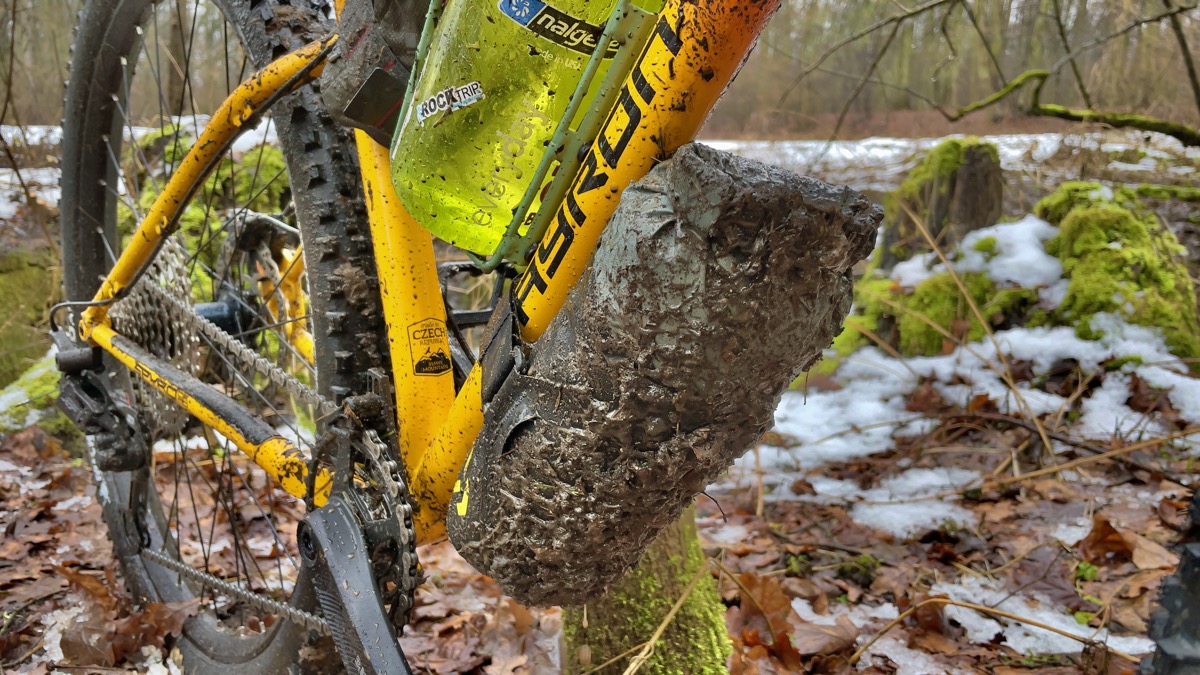
 16.869 CZK
16.869 CZK 812 g
812 g 26,6 liters
26,6 liters
Discussion